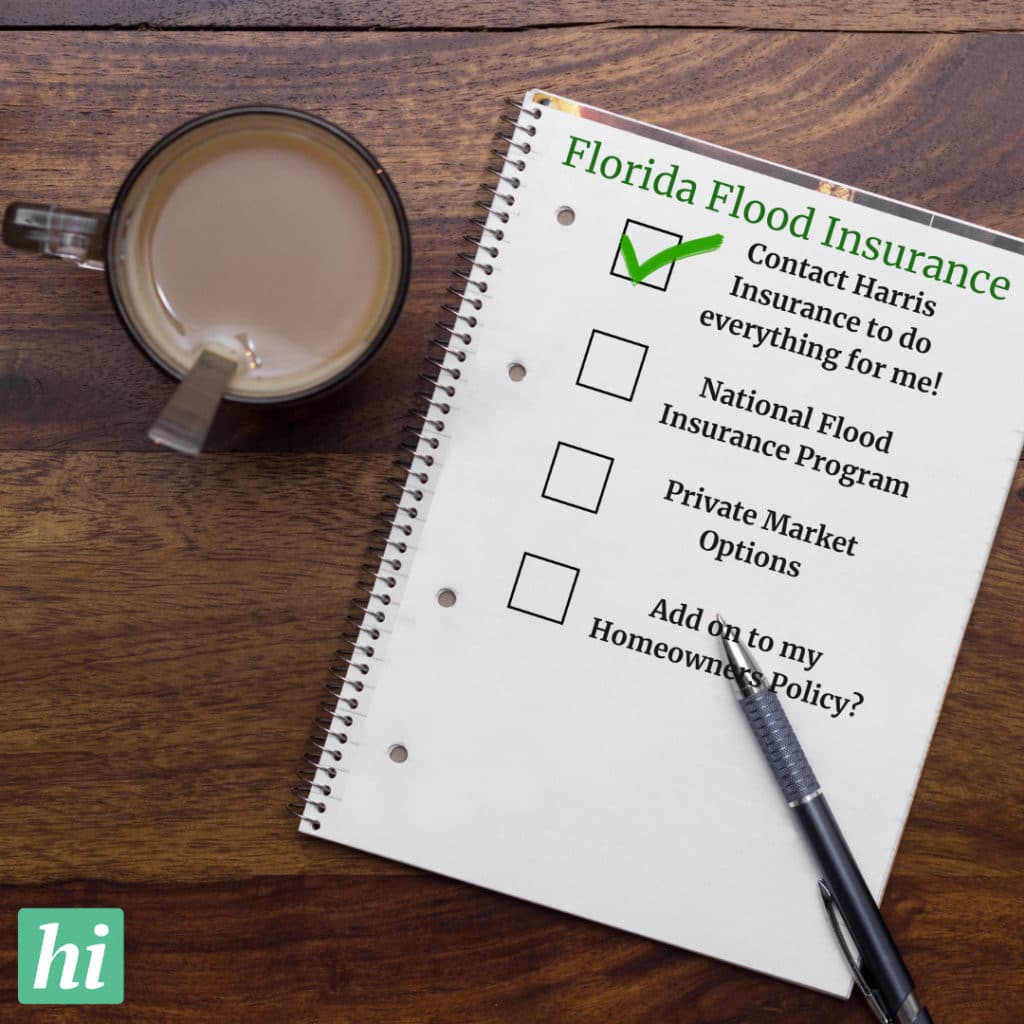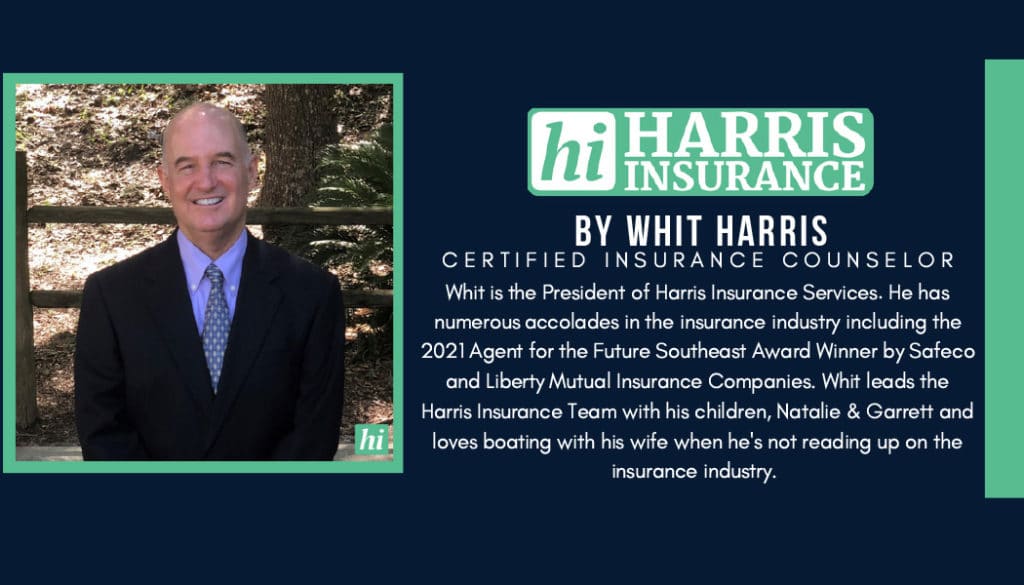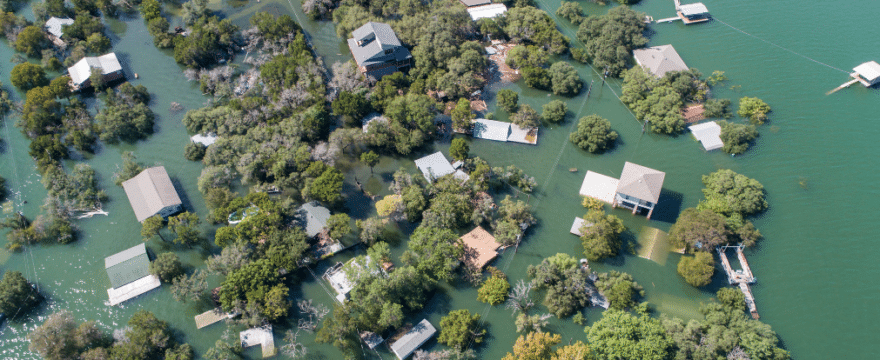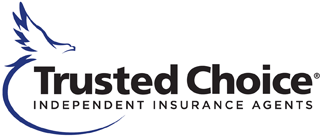Florida is a Flood Zone
We are told every day that “my property isn’t in a flood zone” and it’s simply just not true. Every property is in a flood zone, it’s just that some are more preferred than others. For the first time since it’s existence in 1968, The National Flood Insurance Program (NFIP) backed by FEMA, has unveiled it’s Risk Rating 2.0 and Florida residents can expect big changes on their renewals beginning April 1, 2022.
Florida Flood Insurance and the new NFIP Risk Rating 2.0
If it ain’t broke…
You know the rest. Unfortunately, the National Flood Insurance Program (NFIP) has been broke for some time. And by “broke” I mean in a financial sense.
Please do not misunderstand, the NFIP is a brilliant program, it has just been tasked with an impossible job. Flooding is just too big for any single insurance market to be able to protect all the homes and structures that are at-risk. And, when you realize most every home and structure is at-risk, it brings this daunting objective into perspective. Many people have the misconception that you must be near the coast or a river to need flood insurance, this is not the case. More than 25% of floods occur in areas that haven’t flooded in more than 100 years. Slow moving rain and tropical events contribute a large portion to the flood catastrophes we see every year. Because of this, the NFIP has run a deficit as long as I can remember and requires Congressional funding to continue the program every few years or so. Rate adequacy is a term Congress has used in trying to resolve this continuous problem. They’ve tried a few different ways, without much success. Their first attempt caused rates to rise too much too soon, so much that people were losing their homes. They quickly backed away from this and started surcharging only investment properties and increasing overall rates at a slower pace, yet it was clear they were a long way from achieving their objective, and falling further behind every year.
Now, April 2022, enters the first change to National Flood Insurance rating since the program’s inception. NFIP Risk Rating 2.0. The entire methodology has changed and now we are told rates are more equitable, actuarially sound and better reflect a property’s flood risk. All we previously learned about flood zones and elevation certificates can only help in our understanding of how the new program works. Elevation certificates may be helpful, but are no longer required. Flood zones still carry significance to determine if carrying flood insurance is a requirement but are no longer required to rate. And the rates? Well they are changing too. To be fair, not every rate is up and despite extensive testing, it may take some time for the new rating platform to be dialed in. The NFIP has indicated we should not see dramatic increases, but dramatic is subject to the interpretation of the policyholder and the rates, on average have increased. The good news is that there are many more options available now in the private flood insurance marketplace which will be helpful should anyone experience rate shock. But there is no turning back, technology and inflation has let the genie out of the bottle.

“Grandfathering” old zones and “Preferred Risk Policies” have gone away and claims history is now a consideration in rating for flood which it never has been before. Despite the changes to the NFIP, we are here to educate our clients on the multiple different ways you can insure your property against flooding. Aside from the NFIP, there are multiple private markets who offer higher coverages and competitive rates. There are even a small handful of homeowners insurance companies who will still offer a flood endorsement or add on to the homeowners policy.
I am old-school and everything being the same, I still prefer the NFIP because of its stability and the backstop of the Federal Government over Private Flood insurance. Although now with rates coming into consideration, the loss of grandfathering and preferred risk policies, the private flood market may get a lot more attention.
Contact our Florida licensed Agents to quickly and easily run rates and advise you of your flood insurance options. After all, if you live where it rains, there is a potential to flooding and one inch of water can create upwards of $25,000 in damages. Flooding is not covered in standard homeowners policies so check out your flood insurance options today.

LEGAL DISCLAIMER
Views expressed here do not constitute legal advice. The information contained herein is for general guidance of matter only and not for the purpose of providing legal advice. Discussion of insurance policy language is descriptive only. Every policy has different policy language. Coverage afforded under any insurance policy issued is subject to individual policy terms and conditions. Please refer to your policy for the actual language.





